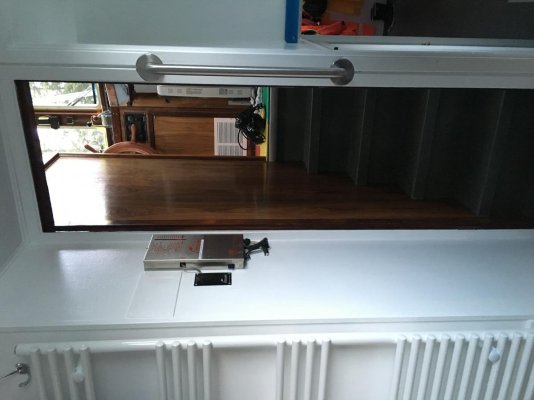Russ Borman
Veteran Member
Need to install a heating system in my 41 Roughwater, it currently has no heat but electric at the dock. Old owner left a propane Force 10 uninstalled with the boat. Not going to use that. I have plenty of diesel so thinking diesel forced air. I'm looking at the Wallas 40 DT and the Webasto AT 55. The price's are close, the Walles has 2 x 4" duct's and is better on fuel and amp draw. I'm leaning toward the Wallas, but would like some input.

